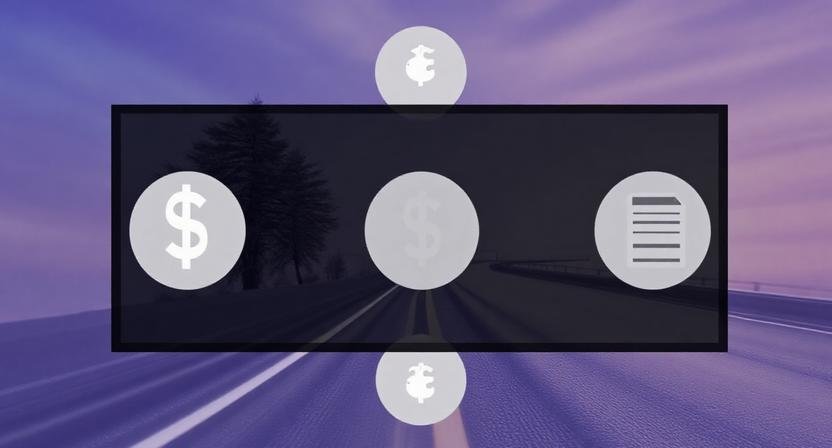Seasonal fluctuations are a natural part of online traffic patterns for many websites, driven by holidays, events, or annual trends. For site owners monetizing with Google AdSense, tapping into these seasonal peaks responsibly can significantly boost ad revenue and brand visibility. The key lies in preparing your website strategically before the seasonal demand hits, optimizing content, user experience, and ad placements specifically to capitalize on these surges.
This comprehensive guide explains how to optimize your website for seasonal traffic in 2025 and maximize your Google AdSense earnings through targeted preparation and execution.
Understanding Seasonal Traffic and Its Impact on Monetization
Seasonal traffic spikes occur when users’ interests align around certain times—be it festivals, shopping seasons, sports events, or even weather changes. During these periods, search volumes, social media engagement, and purchasing intent soar, creating lucrative opportunities for website monetization.
Leveraging these predictable shifts benefits AdSense publishers by:
-
Increasing pageviews and ad impressions during peak times.
-
Attracting advertisers willing to pay premium CPC rates for seasonal keywords.
-
Enhancing user engagement with timely, relevant content.
Without preparation, sites risk poor performance during seasonal peaks due to slow loading, irrelevant content, or missed monetization opportunities.
Steps to Optimize Your Website for Seasonal Traffic
1. Analyze Historical Data
Use Google Analytics and AdSense reports to identify past seasonal traffic trends and revenue spikes specific to your niche.
-
Determine high-traffic periods and most popular seasonal content.
-
Understand visitor behavior and conversion rates during these times.
2. Plan and Create Seasonal Content Early
Prepare well in advance by researching seasonal keywords and topics.
-
Produce evergreen guides combined with timely articles focused on upcoming events.
-
Use countdowns, holiday gift guides, or event-specific tutorials.
-
Update content annually and repurpose successful seasonal posts.
3. Optimize On-Page SEO for Seasonal Queries
-
Incorporate relevant, high-volume seasonal keywords naturally in titles, headers, and meta descriptions.
-
Use structured data to enhance search visibility with rich snippets.
-
Create dedicated landing pages targeting seasonal traffic.
4. Enhance Website Performance
Seasonal spikes mean increased traffic; ensure your site can handle higher loads.
-
Optimize server resources and implement caching/CDNs.
-
Compress images and optimize scripts for faster loading.
-
Test performance regularly, especially on mobile devices.
5. Adjust Google AdSense Strategies for Seasonal Peaks
-
Increase ad inventory within reason to capitalize on higher traffic without harming UX.
-
Enable responsive and high-paying ad formats aligned with seasonal content.
-
Use AdSense experiments to test seasonal placement and formats.
-
Monitor CPC trends to adjust ad strategies dynamically.
6. Promote Seasonal Content Aggressively
-
Coordinate social media campaigns highlighting seasonal posts.
-
Use email marketing to alert subscribers of relevant content and offers.
-
Collaborate with influencers or partners to broaden reach.
7. Post-Season Analysis and Cleanup
-
After the season ends, analyze performance to refine future strategies.
-
Archive or update outdated content to maintain site relevance.
-
Adjust ad settings based on seasonal learning.
Common Seasonal Traffic Challenges and Solutions
-
Server Overload: Use scalable hosting solutions and prepare for peak traffic.
-
Outdated or Irrelevant Content: Review and refresh content before each seasonal cycle.
-
Ad Fatigue: Balance ad quantity and placement to avoid user irritation.
-
Negative Impact on Non-Seasonal Traffic: Segregate seasonal content via categories or subdomains.
High Authority Resource
For more detailed guidance on seasonal marketing and SEO, visit Moz’s SEO seasonal strategy article: Seasonal SEO: How to Prepare for Traffic Surges.
Read More: How to Effectively Use Google AdSense Page-Level Ads to Increase Revenue in 2025
Conclusion
Optimizing your website for seasonal traffic is a potent strategy to maximize Google AdSense earnings and enhance overall site performance in 2025. By analyzing past trends, planning timely content, boosting site speed, adjusting ad tactics, and promoting selectively, you unlock tremendous revenue potential during peak periods.
A strategic, data-driven approach to seasonality not only amplifies short-term gains but also reinforces audience loyalty and site authority for sustained long-term success.

